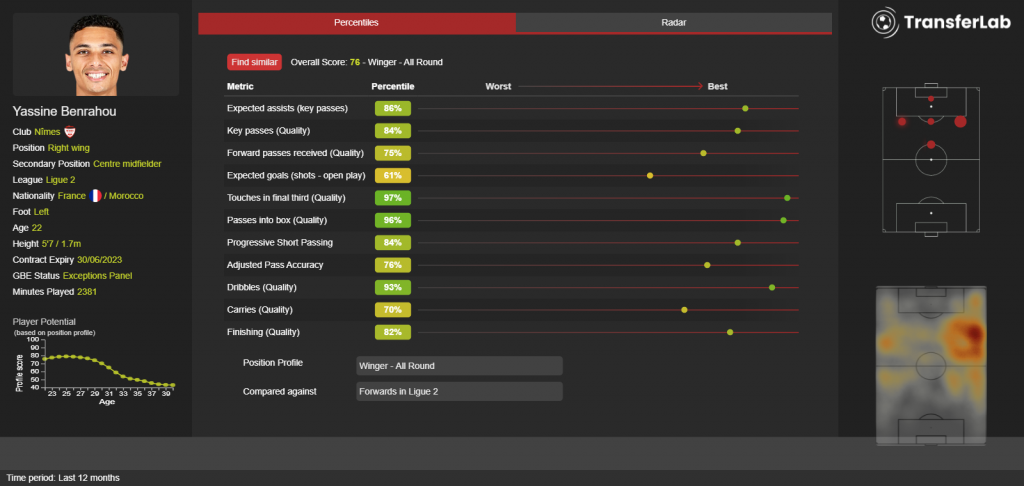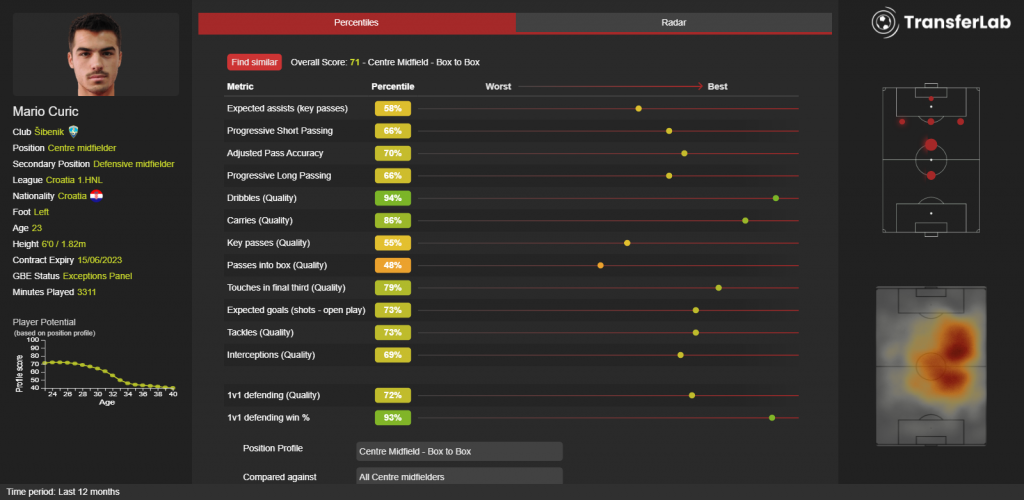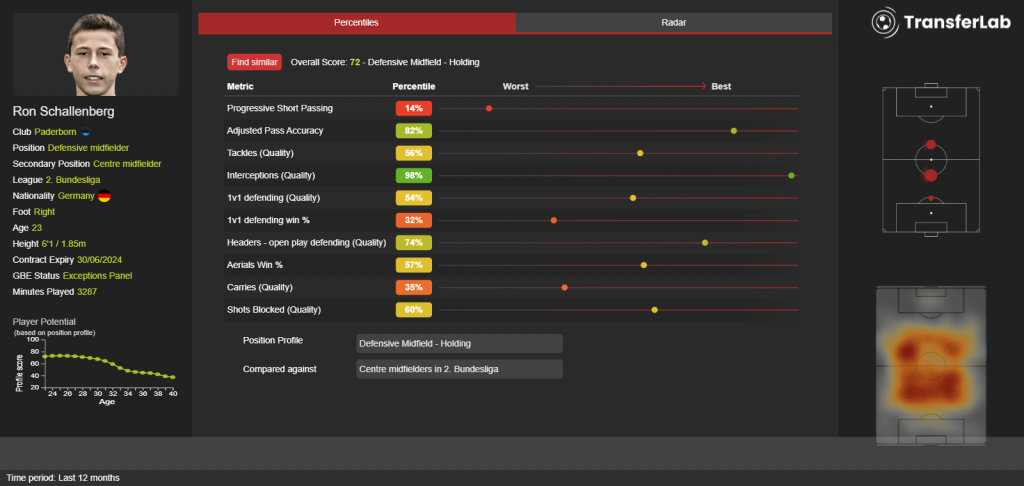Andy Watson takes a look at an interesting development that is taking place in Scotland this window.
In recent weeks, there have been some interesting recruitment manoeuvres taking place north of the border.
Celtic hit the headlines on New Year’s Eve with a three-pronged assault on the Japanese market. With Ange Postecoglou’s quiet success at the club and the subsequent progress that Kyogo Furuhashi has made as an import to Glasgow, it was expected that some kind of move in the Japanese market would be attempted. However, bringing in Daizen Maeda, Yosuke Ideguchi and Reo Hatate is bold.
If this weren’t enough, Nathaniel Atkinson from Melbourne Victory in the A-League has also made the move to Scotland with Hearts picking up the highly-rated Australian.
As we know, the A-League and the J-League are classified as Band 6 leagues in the GBE regulations. This means that players coming from those leagues earn only 2 points automatically towards the target of 15 required to pass the GBE threshold. You can read more about the GBE regulations here.
In previous Brexitball articles, we have suggested players from Band 6 leagues would be essentially unattainable for UK clubs. If players plying their trade in those leagues are regular full internationals playing for a top 50 FIFA-ranked country, then they get an auto-pass. But other than that, it is practically impossible for any player, no matter how good, to achieve the requisite 15 points.
So, how have Celtic and Hearts managed to sign these players?
The Scottish Stance
Having spoken to a number of people involved in recruitment in Scotland, it is fair to say that nobody really knows what the rules are. It would appear that the rules are more guidelines than hard and fast instructions.
What this means in practice is that clubs are targeting players who are unable to achieve the 15 point target on the GBE requirement scale in the hope that they can get the deal through at the exceptions panel stage.
The full document published by the Scottish FA on their website is 90-95% a carbon copy of the English FA’s version of the document: the points total required is the same; the way the points are acquired is the same.
The differences come in towards the end when the exceptions panel is discussed. Here is the wording of the English FA’s GBE regulation:




In the Scottish FA’s GBE regulation, there is a glaring omission: where the English FA clearly stipulates that players going before an Exceptions Panel must achieve “between 10 and 14 points”, the Scottish FA’s regulation only states that a player going before the Exceptions Panel must only “not achieve 15 points”.
Beyond this, there are other differences, of course. For example, what are the “exceptional circumstances” cited by the English FA? And what is the “significant potential” or “sufficient quality” spoken about with regards youth players? How are the Scottish FA defining “the highest calibre” or how to judge a player’s potential “to contribute significantly to the development of the game at the top level in Scotland”?
Regardless of the semantics, though, it is clear from comparing these two documents that the Scottish FA are pursuing a different approach than England when it comes to players who don’t quite meet the 15 point threshold. This raises the question, “Why?”
The best way to begin answering this question is to look at the sorts of signings that might become more realistic through the Scottish approach.
Finding Smart Targets for Scottish Clubs
Taking the examples set by the moves we have already seen and combining them with Analytics FC’s powerful TransferLab tool, we can find a very interesting cohort of players who wouldn’t make the 15pt threshold but would get near enough for an Exceptions Panel.
In TransferLab, we were able to set up an advanced search of selected leagues and, crucially, search by GBE status. Helpfully, TransferLab provides an “Exceptions Panel” option within that setting. Starting from this point, we were able to construct a shortlist of players that seemed like they would be of potential interest to the top Scottish Premiership clubs.
Yassine Benrahou

Benrahou’s finishing school in France was Bordeaux but he has really come into his own since leaving for Nimes, initially on loan but now as a permanent fixture in the Nimes side.
His skill on either wing has meant that he has been involved in 10 goals this season. He is only 22 so there is much improvement left in the French-born Moroccan.
Here is Benrahou’s points total under the GBE criteria according to the calculations done at Analytics FC.
As you can see, Benrahou only gets points in two categories: Ligue 2 is a Band 4 league so because Nimes play in that division it earns Benrahou an automatic 6 points. The 7 other points come from last season’s time spent in Ligue 1 where he played 41% of the possible minutes.
13 wouldn’t be enough for an auto-pass but, as discussed above, it should be enough for a Scottish club to attempt to get an exception.
Shaquille Pinas

Pinas is a Suriname international currently at Ludogorets in Bulgaria. Importantly, though, he is one of those rarest and most valuable of commodities: a left-footed central defender.
Capable of playing left back as well, he is able to play out from the back which isn’t surprising when he plays for the ‘Ajax of Bulgaria’. Pinas has been schooled in the Netherlands as well but he is definitely physically capable enough to deal with the Scottish game.
If clubs want to act on Pinas, then they should probably do so now. He carries 8 points for his 72% of minutes playing for ADO Den Haag in the Band 2 Eredivisie. These points won’t be available next season.
Mario Curic

Mario Curic is a box-to-box midfielder who is possibly approaching the last chance to leave Croatia in search of achievement elsewhere. He is left-footed and is the captain of Sibenik at the age of 22. Ball carrying and dynamic forward running are his key points of difference from most midfielders you will find in the market.
Rumours are that Sassuolo are interested so he may be difficult for a Scottish club to attract. But he could power a midfield and make an impact in European competition.
Curic is a Sibenik player, and because they play in the top division in Croatia, he gets an automatic 6 points as it is a Band 4 league. He plays lots of minutes as well, his 87% gets him another 5 and also adds a string to his bow when going to the exceptions panel in that he is clearly not injury prone at the moment.
Ron Schallenberg

The Paderborn defensive midfielder is something of a physical beast in that role. Over six feet tall and a real athlete, it is easy to see from his heat map that Schallenberg can cover the ground in front of the defence but also break forward into some interesting positions to supply in the half spaces.
The data analysis suggests that his defensive work is sound. His interceptions compare well with the cohort he’s measured against and obviously, his height comes in very handy in aerial duels.
Similar to Curic, Ron Schallenberg isn’t relying on last season’s points or a parent club. He earns 6 points for playing almost every minute in a Band 4 league (2.Bundesliga) and the league itself earns another 6.
What could this mean for English clubs?
Some readers will have probably already thought ahead to this point. Where the targets detailed above would range from an excellent to good standard for most Scottish Premiership clubs wanting to make a mark in Europe, there is an elephant in the room here that cannot be ignored.
Despite the differences in the process between Scotland and England, the obvious geographical and sociological proximity of the two nations gives clear potential for some collaboration. If an English club had their eye on a player who fell just short of the 15pts but was likely to pass an exceptions panel in Scotland, then a partnership or an agreement with a Scottish Premiership club might be useful.
It will come as no surprise to regular readers of this website that at least one club has already identified this and moved quickly to establish one such partnership.
The partnership between Hibernian and Brighton was announced in May 2021. Within the press releases, there is no mention of a shared transfer strategy or any links between recruitment. No doubt, the partnership is one of player development and shared good practice within that field. However, it will be interesting to observe Hibernian’s recruitment and the pathways of those signings.
The language in the Scottish FA GBE document does state that a club needs to show how a player could impact for the benefit of the game in Scotland, though. If it becomes obvious—or even suspected—that English clubs are using Scotland as a parking area for players, then the fans and the establishment might, rightly, be in uproar.
Nevertheless, this could also be a massive opportunity for Scotland. Keeping links open to European Band 4-6 leagues—and indeed the rest of the world—allows them to tap into a market unavailable to England. It would only take one excellent piece of recruitment to then sell into the cash cow that is the Premier League to finance a whole lot of good for a Scottish Premiership club. We may have already seen it with Celtic, Hearts and Hibernian.
Header image copyright IMAGO / Action Plus / Vagelis Georgariou














